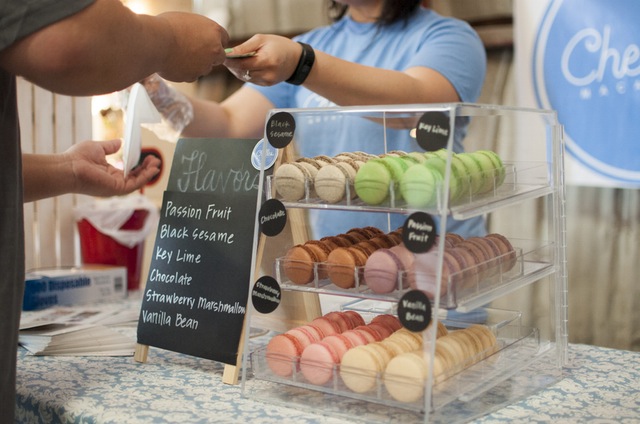The average adult makes 35,000 decisions in a day — some of them are simple, like what shirt to wear, while others are much bigger, like what car to buy. But for businesses owners, these consumer decisions are vital. What makes a customer choose your business over another? Understanding the five stages in the consumer buying process can give businesses insight in developing a business model that consumers say yes to.
Stage 1: Recognizing a need or a problem
Consumers buy to meet a need — but in order to do that, they have to realize that they actually have that need. According to The Consumer Factor, customers make a purchase to move from their current situation to an ideal one. For example, consumers may print new photographs because they have a need for change — they’re bored with the look of their current decor perhaps, or they need to show a happy moment in their lives.
Stage 2: Information
Once consumers recognize a problem (and that problem may be large like the need for reliable transportation or simpler, like new photographs) they look for information. Sometimes, that information is pre-existing, and other times they seek out details like recommendations from friends. Often, information may even find them through advertising or social media.
Stage 3: Evaluating the alternatives
By now, the consumer has recognized the need and dug up some information on potential solutions — but what other fixes might be out there? Most consumers compare products before buying, especially now that the internet makes that process much simpler. Consumers look at both objective information — like the specifications and price — as well as factors that are more subjective, like their opinion on the brand, color or style.
Stage 4: The purchase
Once the consumer has their information and has compared the alternatives, they’ll make their decision. The decision isn’t always quite set in stone however — a sale may sway them to one of the alternatives or an unpleasant experience may mean they leave the store empty-handed.
Stage 5: Post-Purchase
The purchase is finished — so now the process is done, right? Not always. After making a purchase, consumers often evaluate the product and decide whether that initial choice was the right one or not. When consumers like their purchase, making a subsequent buy from the same brand becomes simpler — that’s big for companies selling products that are often purchased again, like printing photographs. Positive experiences also spread information to other customers through word of mouth. A bad experience, on the other hand, often causes the process to start over again.
So how can brands — and particularly creative businesses — use that information to accelerate their reach? That first step is vital. When businesses approach their product offerings looking at how they can meet a need or pain point, they are already a step ahead. Advertising campaigns then are often designed around a customer’s need — and presenting the product as a solution.
Every purchase begins with a decision. Understanding the process that a consumer often goes through before every buy can help businesses successfully reach their target audience.
